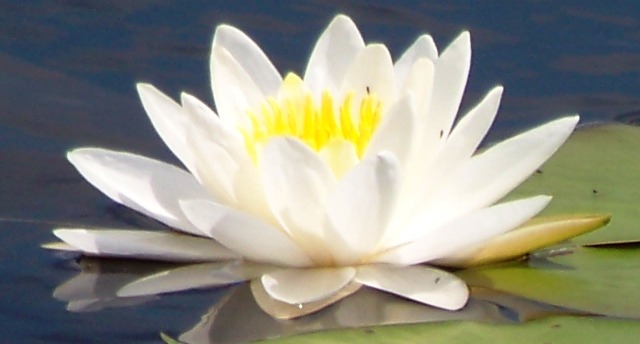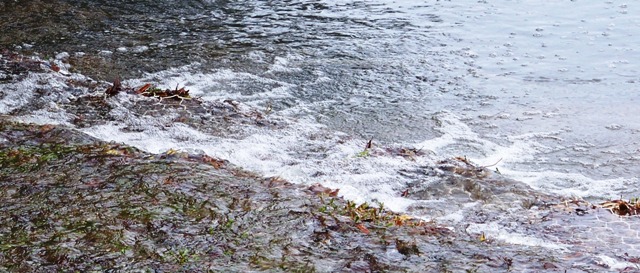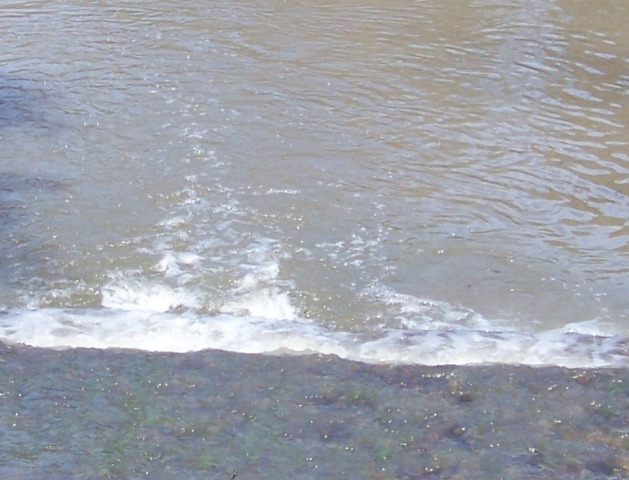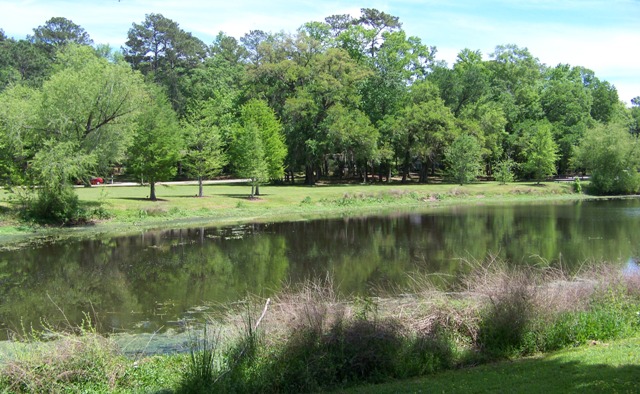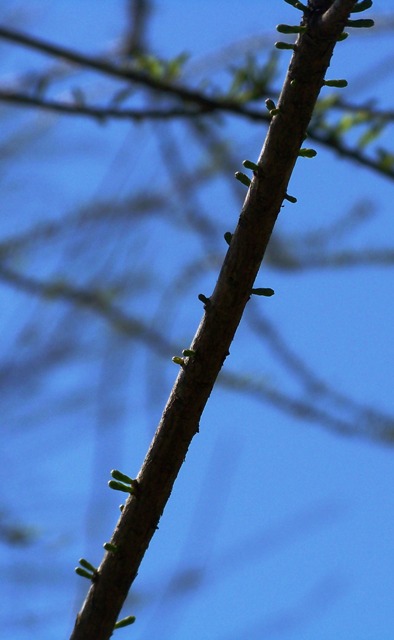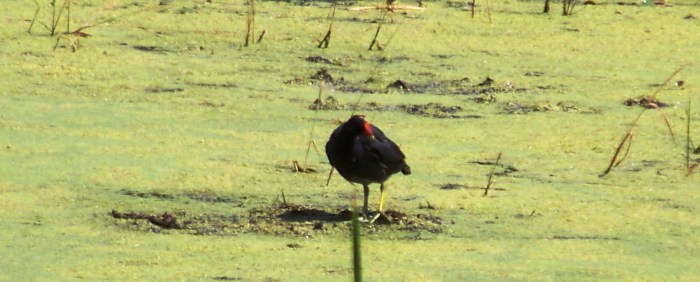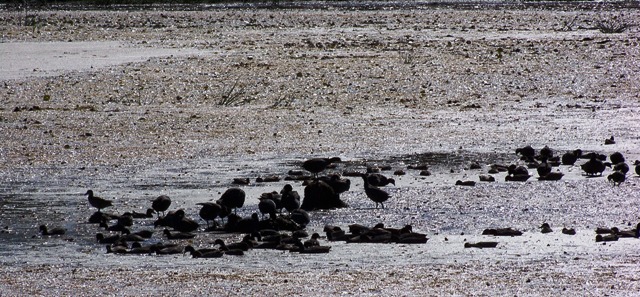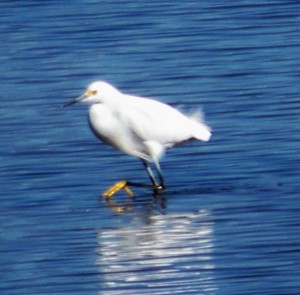I am a big fan of New Year’s Eve neither for the noise nor for the celebratory streamers but as a day and night of reflection. Over the past two decades, the last day of each year has emerged as a major holiday for me.
Often, E.B. White’s essay, “Once More to the Lake,” comes to mind not because I am ever lakeside on the 31st of December but because this final day of the year has become one of “peace, jollity, and goodness” much like White’s childhood summers spent at a Maine lake in many a late August.
For me, New Year’s Eve is “infinitely precious and worth saving” no matter how I have marked the year. I flip through my memories of months as if I were watching the year as a slide presentation, images catching between ceiling and wall. Memories are often served skewed.
More than anything, remembering a year on its last day helps me “enlarge my sense of things” so that my perspective is not confined like water in a glass but broad and open like the lapping waters of a lake. In other words, I become a lake.

Remaining a lake is a lifelong process but the idea has intrigued me since I discovered the story of the Hindu master and his apprentice. Every year I re-tell the story on my blog—at least once—this year, the story seemed appropriate as my last blog post of 2013, a way to enlarge my sense of the year past and open myself to 2014.
As the story goes, a Hindu master grew weary of the constant complaints of his apprentice. No matter the day or the place, the apprentice was not satisfied with his life, how it measured up or how it did not.
One day, the master sent the apprentice to purchase salt. Dutiful but doubtful, the apprentice made the purchase and upon his return, the master told the apprentice to put a handful of salt into a glass of water and take a drink. The apprentice complained that the water tasted bitter.
This was a complaint that pleased the master. He then asked the apprentice to bring the rest of the salt and follow him. After some walking, they came to a lake.
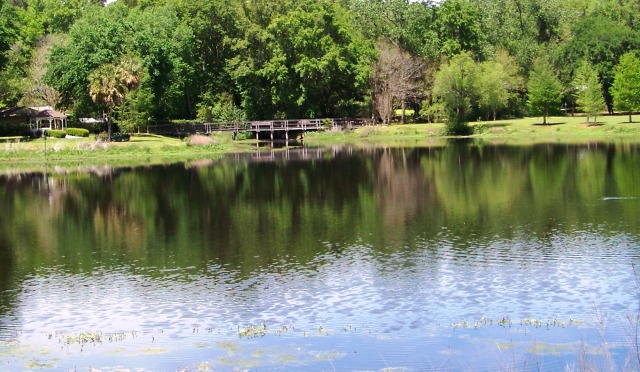
At water’s edge, the master told the apprentice to throw the remaining salt into the freshwater lake. Then, the master told the apprentice to take a drink from the lake. The apprentice said the water tasted fresh. Again, the master was pleased.
The pain of life is pure salt; no more, no less. The amount of pain remains…exactly the same. But the amount of bitterness we taste depends on the container we put the pain in. Enlarge your sense of things. Stop being a glass. Become a lake.
(Mark Nepo’s Book of Awakening)
The story of the Hindu master and the apprentice frames all my New Year’s Eve reflections. Some years are larger than others, and it is true that as I age, I find life less bitter. Perhaps it is that I drink from life with less expectation and with more curiosity. I like to think so.
I do not have the opportunity to drink from a lake so I sip saltwater from a glass. The sting of the salt reminds me how easy it is to savor only the bitter. It is then that I enlarge my sense of things for the mere experience of life is “infinitely precious and worth saving.”
